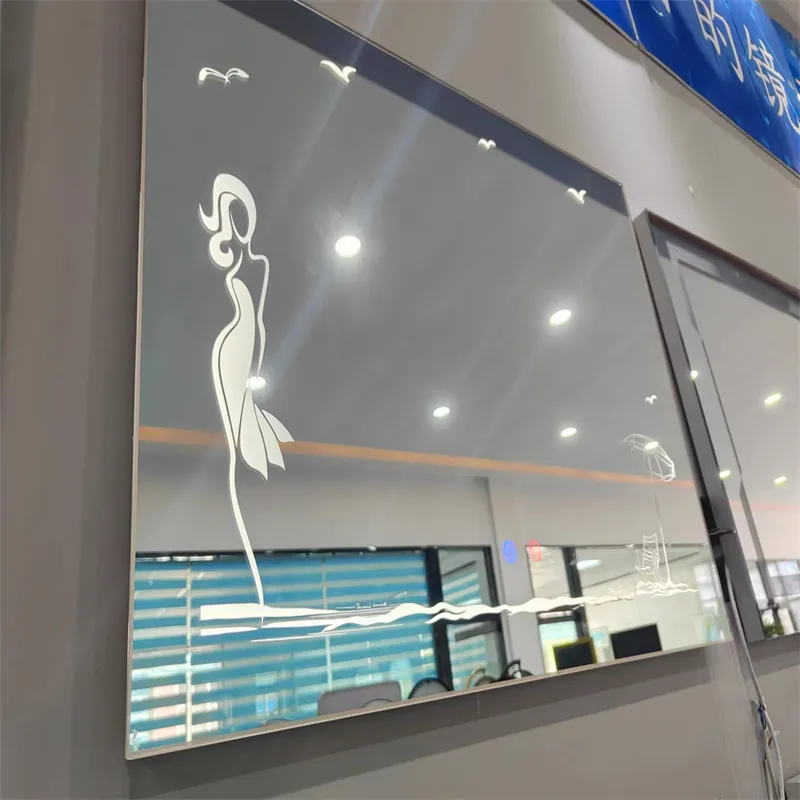Nov . 18, 2024 16:23 Back to list
Exploring the Benefits and Applications of Infrared Reflective Glass Technology
Understanding IR Reflective Glass Benefits and Applications
Infrared (IR) reflective glass has become a popular choice in various industries due to its unique properties, providing a practical solution for energy efficiency and comfort. This type of glass is specially designed to reflect infrared radiation while allowing visible light to pass through. As energy efficiency becomes a critical concern globally, IR reflective glass is emerging as a key player in building materials, automotive applications, and more.
Understanding IR Reflective Glass Benefits and Applications
In the automotive industry, IR reflective glass is increasingly being used in vehicles. Car manufacturers are incorporating this technology into windshields and windows to enhance passenger comfort by reducing the heat buildup inside the car. This innovation helps protect interior materials from UV damage while also providing a cooler driving experience. As consumers become more environmentally conscious, the demand for vehicles equipped with energy-efficient features, such as IR reflective glass, is on the rise.
ir reflective glass

Moreover, the application of IR reflective glass extends beyond buildings and vehicles. In solar energy systems, for example, this type of glass can be utilized in solar panels to improve their efficiency. By reducing the amount of reflected infrared radiation that escapes, these panels can operate more effectively, resulting in increased energy production. This integration of technology supports the global movement towards renewable energy solutions.
Furthermore, IR reflective glass is a versatile option for various architectural styles. Its aesthetic appeal can enhance the look of modern buildings while providing practical benefits. Architects and designers appreciate the balance between function and form that this glass type provides, allowing for innovative designs without compromising on energy efficiency.
In conclusion, IR reflective glass is a revolutionary material that addresses modern-day challenges related to energy consumption and environmental sustainability. Its ability to reflect infrared radiation while allowing visible light to pass through makes it an indispensable choice in architecture and automotive design. As the importance of energy efficiency continues to grow across various sectors, IR reflective glass will undoubtedly play a crucial role in shaping the future.
-
Safety and Style with Premium Laminated Glass Solutions
NewsJun.24,2025
-
Reinvents Security with Premium Wired Glass
NewsJun.24,2025
-
Premium Float Glass Line for Modern Architecture
NewsJun.24,2025
-
Low Emissivity Glass for Energy-Efficient Architecture
NewsJun.24,2025
-
High-Performance Insulated Glass Solutions for Modern Architecture
NewsJun.24,2025
-
Elevates Interior Style with Premium Silver Mirror
NewsJun.24,2025
Related PRODUCTS














